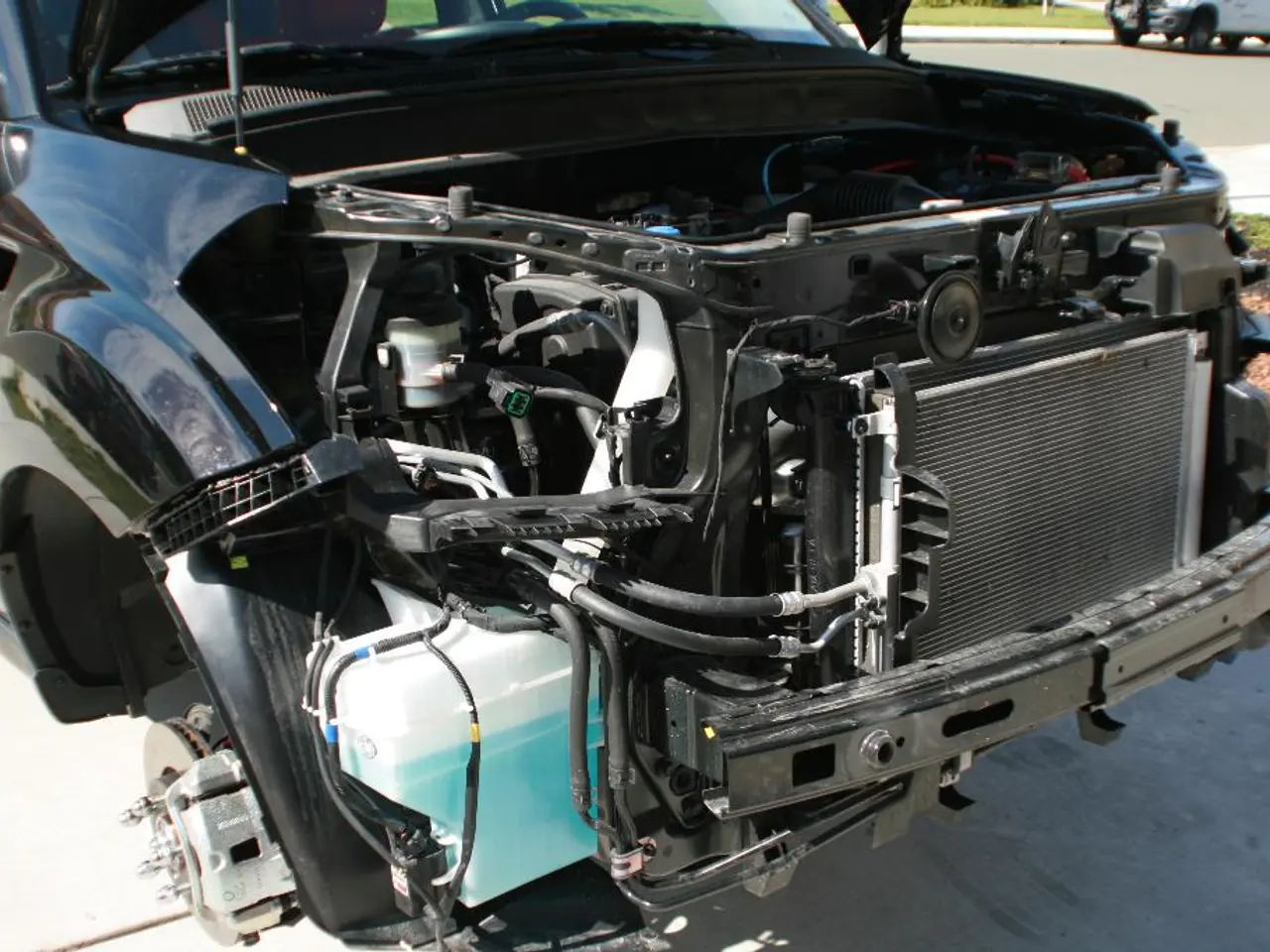Artificial Intelligence integration in Schneider Electric's latest patent aims to minimize hazards by focusing on safety processes.
Schneider Electric Unveils AI-Powered Process Safety System for Industrial Automation
Schneider Electric, a leading company in energy management and automation, has announced a patent for an AI-powered process safety system designed to enhance industrial automation during digital transformation. The system, developed by Schneider Electric's EcoStruxure Triconex Safety team, aims to increase operational agility, reduce engineering development time, and improve hazard detection, all while boosting overall process safety and efficiency [1].
The AI technology for process safety uses real-time data processing to predict and reduce industrial hazards. It continuously analyzes equipment and process conditions to prevent defects and abnormalities, optimizing safety by identifying risks before they cause failures. This approach minimizes downtime and improves the quality and reliability of industrial operations [2][3].
The AI system is not limited to general automation but is specifically applied to functional safety. It combines human ingenuity in functional safety analysis with reinforcement learning to prevent hazardous scenarios in industrial automation [4]. The patent includes a process hazard analysis tool to generate protective mechanisms for the process [5].
The AI innovation also analyzes potential process hazards and validates protection mechanisms in an industrial process. It generates more combinations of scenarios and deviations than what was humanly possible before, providing a more rigorous and robust HAZOP study [6]. However, the patent does not specify the exact number of scenarios or deviations that can be generated.
The AI system supports operators by providing decision-making guidance, enhancing worker knowledge transfer, and enabling smarter, safer workflows. By embedding AI-driven predictive analytics and continuous learning, it also facilitates process standardization, optimized resource usage, and operational excellence—key elements of digital transformation in industry [5].
As industries increasingly embrace digital transformation, the advantages of implementing AI in day-to-day operations become more evident. Schneider Electric's AI-powered hazard reduction system drives this transformation by enabling safer, faster, and more flexible production processes with enhanced predictive safety capabilities and reduced engineering effort [1][2][3][5].
Three other Schneider Electric patents incorporating AI into functional safety lifecycle are currently pending. The patent from Schneider Electric's EcoStruxure Triconex Safety team is part of an initiative to enhance functional safety using AI [4]. The use of AI in process safety management has the potential to save lives.
Process safety management can use industrial, real-time data to revalidate HAZOP studies to prevent industrial hazards. The simulation of hazards with varying conditions is one of the ways the AI system achieves this [7]. Schneider Electric is committed to contributing to the digital transformation of energy management and automation, and this AI-powered process safety system is a significant step in that direction.
[1] Schneider Electric. (n.d.). Industrial Copilot. Schneider Electric.
[2] Schneider Electric. (n.d.). EcoStruxure Triconex Safety. Schneider Electric.
[3] Schneider Electric. (n.d.). Process Safety. Schneider Electric.
[4] Schneider Electric. (2021, March 29). Schneider Electric unveils AI-powered technology to reduce process safety hazards. [Press release]. Retrieved from https://www.schneider-electric.com/en/about-us/news/press-releases/2021/schneider-electric-unveils-ai-powered-technology-to-reduce-process-safety-hazards.jsp
[5] Schneider Electric. (n.d.). Digital Transformation. Schneider Electric.
[6] Schneider Electric. (n.d.). AI in Functional Safety. Schneider Electric.
[7] Schneider Electric. (n.d.). HAZOP Studies. Schneider Electric.
The AI-powered process safety system developed by Schneider Electric utilizes artificial intelligence to predict and reduce industrial hazards, thus enhancing overall operational safety and efficiency [2][3][4]. This technology goes beyond general automation, specializing in functional safety by combining human ingenuity with reinforcement learning to prevent hazardous scenarios [4]. It also provides decision-making guidance, improving worker knowledge transfer and enabling smarter, safer workflows [5].




